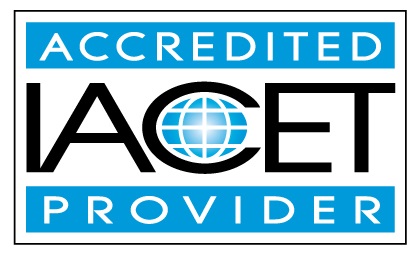NRRTS Practice Guidelines for CRT Service, Preventative Maintenance, and Repair
Please read this Introduction by Weesie Walker
Dowload the Practice Guidelines Document here.
Dear CRT Colleagues,
Difficulties in providing and receiving CRT Service and Repair have become challenging to all stakeholders. The various influences that challenge access to necessary service and repairs are the subject of much discussion, and it is difficult to reach understanding between those most impacted. Repair times, level of reimbursement for service and parts, in home service capacity and feasibility, hiring and securing qualified staff, procedural complexity challenge suppliers. Considering the reported loss of revenue associated with repairs, increased complexity of power wheelchair designs, and onerous policies regarding repairs, it is understandable that suppliers are under significant pressure and consumers are dissatisfied.
For people who depend on mobility devices, loss of the device, even when temporary, impacts consumers in devastating ways, such as, loss of work/school, inability to perform daily tasks, inability to care for themselves or their families, and can lead to time in bed, decline in health, increase pain, and create a decline in quality of life. Dissatisfaction and frustration with the state of repairs has escalated and has led some consumers to advocate for “Right to Repair” legislation in multiple states. Despite this current negative environment, the process can be improved if all of the stakeholders cooperate to identify the problems and barriers to service and repair, work together to redefine processes and procedures, documentation requirements, and reimbursement methodologies. Tactical steps to consider are:
-
- Suppliers should consider:
- Establishing best practices for repair,
- Investing in training,
- Establishing clear service expectations and communicate in writing with clients,
- Communicating with clients when delays occur,
- Suppliers must work together to collect and share repair data in pursuit of defensible, publishable, and usable information.
- Manufacturers should consider:
- Ways to improve owner’s manuals to include recommended preventative maintenance including the level of technical expertise required to perform each step.
- Ongoing investment in remote diagnostics and technological methods for determining repair needs and declining function.
- Focus development on mechanisms to collect and preserve data regarding performance and ways to alert consumers and suppliers regarding needed repairs and maintenance.
- Payors have a significant role to play in improving access to repairs and should consider:
- Suppliers should consider:
-
-
- Reviewing prior authorization requirements and consider reducing or eliminating them especially for components that are expected to require service,
- Simplifying and standardizing documentation requirements for CRT devices prior to repair,
- Meet with suppliers to discuss concerns regarding rates associated with repair parts, labor time, payment for in-home repair travel, when the consumer is unable to get the device to the supplier’s location, and coverage and payment for acceptable short-term rental CRT mobility devices.
-
All stakeholders, suppliers, manufacturers, clinicians, consumers, and payors should work together to identify barriers to timely and professional repairs and agree on initiatives to influence positive change. Efforts are needed to understand the complex factors that impact the wear and function of mobility devices, and the role that timely and proper maintenance can play in reducing catastrophic device failure. Identify the challenges that suppliers face in providing timely repairs.
As a first step in this long process, NRRTS (as the subject matter experts on CRT provision), in cooperation with the University of Pittsburgh, has developed the attached Best Practice for Service, Maintenance and Repair document through a review of collected data, studies of repair frequency, profitability, and trends, a presentation of a rough draft at ISS, and an open comment period prior to the publication of the document. The trajectory of the current CRT repair process is neither sustainable financially by the supplier nor acceptable by the CRT consumer and medical communities.
The Best Practices for Service and Repair is the first critical piece of the process. Best Practices are not policy. They are recommendations by NRRTS to improve the process of CRT repairs resulting in increased consumer satisfaction.
The industry has continuously improved itself through RESNA standards, credentialing, and continuing education, but the repair side of the process has lagged in the production of best practices.
The purpose of this “Best Practices for Repairs” document is for the CRT professional organization, NRRTS, to take the lead in producing a standard guideline rather than wait for an outside agency, legislative, or regulatory body to set one for the industry. It is imperative that the CRT industry establish best practices based on our history and knowledge as well as accepted research data from academic, medical, and scientific institutions.
Through these guidelines, NRRTS hopes to accomplish the following:
- Standardized practices can be used to demonstrate to both legislative and regulatory bodies the complexity of CRT repairs which would in turn lead to:
- Reduced lead times for consumers through improved processes and procedures.
- Reduced lead times for suppliers and consumers through simplification and standardization of documentation requirements.
- Improved safety for consumers through adequate coverage and reimbursement for appropriate and reliable short-term rental wheelchairs.
- Improved reimbursement rates for CRT repair parts and labor that afford suppliers the ability to serve their clients.
The first step in accomplishing the above goals and expectations is to have industry accept “best practices” to establish internal policies rather than having them dictated to us by those who do not fully understand the complexity of CRT.
Sincerely,
Weesie Walker, ATP/SMS
NRRTS Executive Director

